A Universe in Your Hands: A Collector’s Chronicle of Marvel Action Figures
There’s a smell that every collector in their 30s or 40s remembers. It’s the smell of a 1990s Toy Biz action figure, fresh off the card. It’s that unique, slightly sweet, slightly chemical scent of plastic and paint. It’s the “snikt” of popping Wolverine’s plastic claws from his arm. It’s the “thwack” of ripping a 5-inch Spider-Man from his cardboard prison, the plastic “bubble” tearing away in jagged, satisfying strips.
Collecting Marvel action figures isn’t just a hobby; it’s a form of plastic archaeology. It’s a way of holding a physical piece of your childhood, of curating a personal museum of pop culture. The Marvel Universe is, by its very nature, about collecting. There isn’t just one hero; there are teams. The Avengers. The X-Men. The Fantastic Four. And you can’t just have the heroes. Who is Captain America without a Red Skull to fight? What’s the point of Spider-Man if he doesn’t have a Green Goblin to menace him?
This is the collector’s trap. And it’s a glorious one.
The world of Marvel action figures has exploded. It’s become a global phenomenon, a multi-generational passion, and a billion-dollar industry. This is the deep dive. We will look at the “holy grails” of the 70s, the 90s revolution that defined a generation, and the modern “golden age” of hyper-articulated figures. We will also, crucially, break down what makes a figure “valuable”—a complex formula of plastic, paint, and pure, unadulterated nostalgia.
Part 1: The First Age – Mego and the 70s “Grails”
For the true vintage collector, the story begins in the 1970s with the Mego Corporation. Their “World’s Greatest Super Heroes!” line of 8-inch, cloth-costumed figures was revolutionary. By today’s standards, they are primitive. The bodies were generic, the head sculpts were simple, and the “costumes” were often little more than glorified unitards.
But they were everything.
This was the first time kids could have a fully poseable Spider-Man, Captain America, Hulk, or Iron Man. The cloth outfits gave them a “realism” that no other toy had. Mego also produced key villains like the Green Goblin and Doctor Octopus.
Value Factors: Today, a vintage Mego Marvel figure is a true “grail.” Its value is almost entirely dependent on condition.
- MOC (Mint on Card): A figure still sealed on its original card is the holy grail. A high-grade, unpunched card can fetch thousands.
- Loose & Complete: This is more common. A loose Mego figure’s value hinges on completeness. Does it have its original costume? Is the chest emblem intact? Are the (often-lost) boots, gloves, or shields present? A clean, complete Mego figure is the centerpiece of many vintage collections.
Part 2: The Secret Wars & The 80s Lull
The early 80s were surprisingly quiet. Mego had gone bankrupt, and the 3.75-inch G.I. Joe line was dominating the toy aisles. Marvel’s answer was Mattel’s Secret Wars line (1984-1985).
Tied to the first-ever massive comic book crossover event, this line set a new, smaller 5-inch standard. The figures were simple, all-plastic, and had only five points of articulation. Their main gimmick? A “Secret Shield” with a changing lenticular image.
For 80s kids, this was the line. It was the first time we got a plastic Wolverine or Doctor Doom. Most importantly, it was the first toy release of the Black Suit Spider-Man, which remains one of the most sought-after figures in the entire Secret Wars collection.
Value Factors: MOC is king. The cardbacks featured amazing art. A loose Secret Wars figure is common, but its value depends on paint wear (especially on the chest symbols) and the presence of its original, correct Secret Shield.
Part 3: The 90s Revolution – The Toy Biz Juggernaut
If the 70s and 80s were the prelude, the 1990s were the main event. This is the era that hooked the generation of collectors who now drive the hobby. In 1991, a small company named Toy Biz unleashed its X-Men line, and nothing was ever the same.
The X-Men (1991) & The Animated Series Boom
The success of X-Men (Series 1) was a shock. It was built on the back of Chris Claremont’s comic run and featured the iconic “Blue and Gold” teams. We got Wolverine (with retractable claws), Cyclops, Storm, and Magneto. The figures were bulky, stylized, and packed with “action features” (like Cyclops’s light-up visor).
When the X-Men: The Animated Series hit Fox Kids in 1992, the toy line exploded. This was followed by the Spider-Man: The Animated Series (1994) line, and for the rest of the decade, Toy Biz was Marvel.
Key Features of this Era:
- The 5-Inch Standard: This was the dominant scale for the entire decade.
- Action Features: Every figure had to do something. Wolverine’s claws popped, Spider-Man shot a web-missile, and Venom had a “waist-twist” punching action.
- The “Variant” Chase: This is where modern collecting truly began. Toy Biz didn’t just sell “Wolverine.” They sold “Weapon X,” “Fang,” “Albert,” and a dozen other versions. They sold an entire “Spider-Man vs. Venom” sub-line. This trained collectors to buy their favorite characters over and… and over.
- The Deep-Cut Roster: Toy Biz went deep. They didn’t just make the main heroes. They made Apocalypse, Mister Sinister, Omega Red, Carnage, and hundreds of C-list heroes and villains. If you were a fan of a character, chances are Toy Biz made a figure of them.
Value Factors: This line is pure, concentrated nostalgia.
- MOC: Millions of these were produced, so a MOC figure is not necessarily “rare.” However, MOC figures of key villains (like the 10-inch “Sentinel”) or “first appearance” figures (Carnage, Venom) are highly desirable.
- Loose: A loose 90s Toy Biz figure has minimal monetary value unless it is 100% complete with all its accessories. And these figures came with a ton of weird, snap-on armor, projectiles, and bases that were instantly lost.
Part 4: The Bridge to Modernity – Spider-Man Classics & The Birth of Marvel Legends
As the 90s ended, the 5-inch scale was dying. Collectors were getting older. They wanted realism, not action features. In 2001, Toy Biz took a massive risk with a line called Spider-Man Classics.
This line was the blueprint for everything that followed:
- A New 6-Inch Scale: Bigger, heavier, and more detailed.
- “Super-Poseable” Articulation: 30+ points of articulation. This was the key. Finger joints, ab-crunches, double-jointed knees. These weren’t “toys”; they were “poseable statues.”
- A Diorama Base: The first Spider-Man figure came with a huge wall-crawling base.
- A Pack-In Comic Book: This linked the toy directly back to the source material.
The line was a smash hit. In 2002, Toy Biz expanded the concept to the entire Marvel Universe and called it Marvel Legends.
Toy Biz’s Marvel Legends (2002-2006) is, for many, the true “Golden Age” of Marvel collecting. The sculpts (often by the legendary Four Horsemen studios) were dynamic, the paint was detailed (with shading and “washes”), and the articulation was incredible. Series 1, with Captain America, Iron Man, and Hulk, was a revelation.
Part 5: The BAF Era – Hasbro Takes the Reins
In 2007, the Marvel license moved from Toy Biz to Hasbro. The transition was… rough.
The first few years of Hasbro Marvel Legends are often called the “dark ages” by collectors. The plastic felt cheaper, the articulation was reduced, and the BAFs (Build-A-Figures) were often re-used from old Toy Biz molds.
The Build-A-Figure (BAF) Phenomenon: This was the marketing concept that would come to define the entire line. Each figure in a wave (usually 6-8 figures) comes with one piece (a head, a leg, a torso) of a larger, often deluxe, character. To get the BAF (like a Sentinel, Galactus, or Thanos), you must buy every figure in the wave, even the “peg warmers” (the unpopular figures that clog the aisles) you don’t want. It’s a brilliant, and frustrating, system that forces “completionist” collecting.
The Modern Golden Age: Hasbro Marvel Legends Today
After a few years, Hasbro found its footing. And then, the Marvel Cinematic Universe (MCU) happened.
Today, Hasbro’s Marvel Legends line is a well-oiled machine. It is the dominant force in Marvel collecting.
- MCU Figures: Figures based on the movie versions of Iron Man, Captain America, and Thor (with hyper-realistic “photo-real” face printing) are massive sellers.
- Comic Figures: Hasbro still dedicates most of its line to comic book characters, finally building out teams like the X-Men (in their 90s Jim Lee outfits) and the Fantastic Four.
- GamerVerse: Figures based on the popular PlayStation Spider-Man games.
- Spider-Verse: Figures from the animated Into the Spider-Verse films, like Miles Morales and Spider-Gwen, are huge hits.
- HasLab: A high-end crowdfunding platform for “dream” projects that are too big for retail. This has given us the massive Sentinel, the 32-inch Galactus, and the Ghost Rider car.
Part 6: The “Other” Scales – 3.75″ & 7″
While the 6-inch Legends line is king, two other scales have passionate followings.
1. 3.75-Inch (Marvel Universe & Infinite Series)
Launched by Hasbro in 2009, the Marvel Universe line was a love letter to 80s kids who grew up on G.I. Joe. These 3.75-inch figures were tiny, but well-articulated, and the line’s mission was depth. It produced hundreds of C- and D-list characters who would never get a 6-inch figure. This line is beloved by “army builder” and “roster builder” collectors.
2. 7-Inch (Marvel Select)
Produced by Diamond Select Toys, Marvel Select figures are in a slightly larger 7-inch scale. They traditionally feature less articulation than Legends but much more detailed sculpts and elaborate diorama bases.
- The “Cheat” Figures: Because they are in a larger scale, Select is the go-to line for big characters. Collectors often “cheat” and put the Marvel Select Hulk, Juggernaut, Thanos, or Abomination in their 6-inch Marvel Legends display because they have the proper, imposing scale that the Legends versions sometimes lack.
Part 7: The High-End “Grail” Market – 1/6 Scale & Imports
For the collector with a very deep wallet, the 6-inch aisle is just the beginning.
1. Hot Toys (1/6 Scale)
Based in Hong Kong, Hot Toys makes 1/6 scale (12-inch) masterpieces. These are not toys; they are hyper-realistic, mixed-media art pieces.
- The MCU’s Impact: Hot Toys’ bread and butter is the MCU. Their Iron Man figures (with die-cast metal parts and light-up features) and Captain America figures (with incredible likenesses of Chris Evans and tailored cloth uniforms) are legendary.
- The “Investment”: With a price tag of $250 – $450+ per figure, this is “investment” level collecting.
2. Premium 6-Inch Imports (Mafex & S.H.Figuarts)
This is the “collector’s collector” market. Japanese companies like Bandai (S.H.Figuarts) and Medicom (Mafex) compete directly with Hasbro’s Legends line, but at a premium price ($70 – $120).
- Why buy them? They are often considered the “definitive” version of a character. They offer superior articulation, cleaner paint, and a ton of accessories (multiple heads, hands, and effects).
- The Mafex X-Men line (especially their Wolverine and Cyclops) and their “Hush” Batman are considered by many to be some of the best 6-inch figures ever made.
Part 8: What Makes a Marvel Figure “Valuable”?
You asked about “values.” This is not a price guide, but a guide to what to look for. A figure’s “value” is a complex formula.
1. Condition: The MOC/MIB vs. Loose Dilemma
This is the alpha and omega of vintage collecting.
- MOC/MIB (Mint on Card / Mint in Box): The figure is still in its original, unopened packaging. This is the “investment grade” standard.
- Card/Bubble Condition: For a MOC figure, the packaging is as important as the figure. Is the card flat or bent? Are the corners sharp? Is the plastic “bubble” clear or yellowed/cracked? A “yellowed bubble” plummets the value.
- Loose: A “loose” (out of package) figure’s value depends on one thing…
2. Completeness (For Loose Figures)
A loose figure is only as valuable as its parts.
- Accessories: Does your 90s Wolverine have his “snap-on” mask? Does your Legends Captain America have his alternate “unmasked” head, fisted hands, and his shield?
- The BAF Piece: This is the big one. A modern Legends figure without its BAF piece is “incomplete” and its value is cut in half, as a “completionist” has no use for it.
3. Rarity: The “Chase” & The “Peg Warmer”
- “Chase” Figure: A rare variant packed in a case (e.g., a “stealth suit” version of a hero). These are instantly valuable.
- “Peg Warmer”: The opposite. An unpopular character that no one buys, clogging the retail “pegs” for months. Ironically, some peg warmers can become rare years later because so few were sold.
- “Short-Packing”: When a case of 8 figures only has 1 of a specific, desirable character (usually a villain or female hero), creating artificial scarcity.
4. Exclusives: The Bane of the Collector
This is a huge driver of value.
- Store Exclusives: Figures sold only at Walmart, Target, or (most notoriously) Walgreens. These are often a nightmare to find.
- Convention Exclusives: Figures sold only at San Diego Comic-Con (SDCC) or a Hasbro Pulse exclusive.
- HasLab: The crowdfunded figures are, by definition, limited to the number of people who backed them.
5. Professional Grading (AFA/CGA)
For the highest-end vintage MOC figures, collectors will send them to be “graded” by services like the Action Figure Authority (AFA). The figure is authenticated and sealed in a hard acrylic case with a “grade” (e.g., “AFA 85”). This locks in its value as a true investment piece.
Part 9: How to Start Your Universe: A Guide for New Collectors
It’s an intimidating hobby. Where do you even begin?
- “Pick Your Lane.” This is the #1 rule. You cannot collect everything. You will go broke and run out of space. Choose a focus:
- Team-Building: “I will only collect the core Avengers.” or “I am building the 90s X-Men Blue and Gold teams.”
- Character-Focus: “I am going to buy every Spider-Man figure ever made.”
- Era-Focus: “I only want the 90s Toy Biz figures from my childhood.”
- Scale-Focus: “I am only collecting 6-inch Marvel Legends.”
- The Thrill of the Hunt:
- Retail: Target, Walmart, GameStop. This is “hunting in the wild.”
- Online: BigBadToyStore & Entertainment Earth for pre-orders (the “safe” way). eBay and Mercari for secondary-market and vintage figures (be careful of fakes).
- Local: Your Local Comic Shop (LCS) and local “ToyCons” are your best friends. This is where you find community and hunt for grails.
- Display & Preservation:
- The Shelf: The IKEA “Detolf” glass cabinet is the unofficial uniform for 6-inch and 1/6 scale collectors.
- Sunlight is the Enemy: Keep your collection out of direct sunlight. It will fade paint and yellow plastic.
- Stands are Your Friend: The fun of Legends is the “super-poseable” articulation. Invest in good flight stands to get your Spider-Man and Iron Man in dynamic, “shelfie”-worthy poses.
The Final “Shelfie”
At the end of the day, why do we do this? Why do we spend our adult money on “toys”?
It’s not just about the plastic. It’s about the hunt. It’s the jolt of adrenaline when you find that one rare Walgreens Exclusive hiding behind a stack of peg warmers. It’s the satisfaction of hunting down that last BAF piece on eBay to finally complete your Apocalypse. It’s the community, the “toy photography,” the shared nostalgia.
Collecting Marvel figures is a way of building your own, perfect, tangible universe. It’s a way of telling a story, one “shelfie” at a time. It’s a connection to the characters we grew up with, the heroes who taught us what’s right. And yeah, it’s also a “plastic crack” addiction. But as far as addictions go, it’s a pretty heroic one.

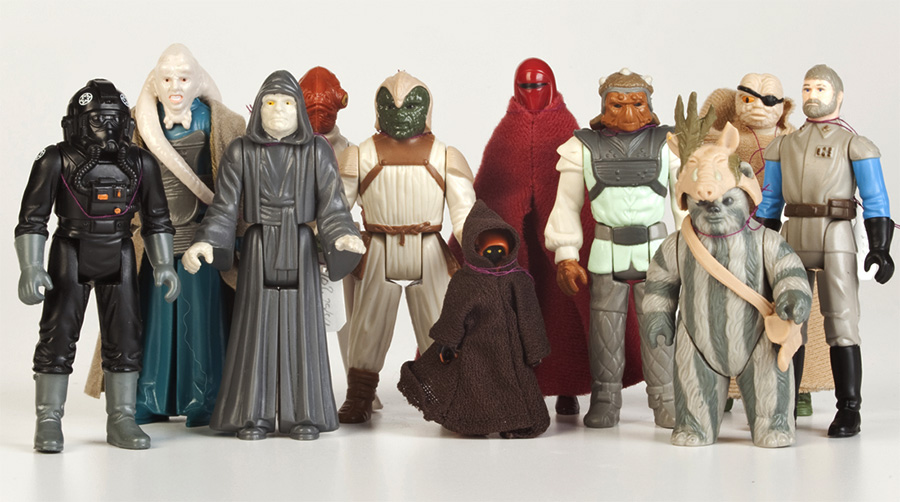
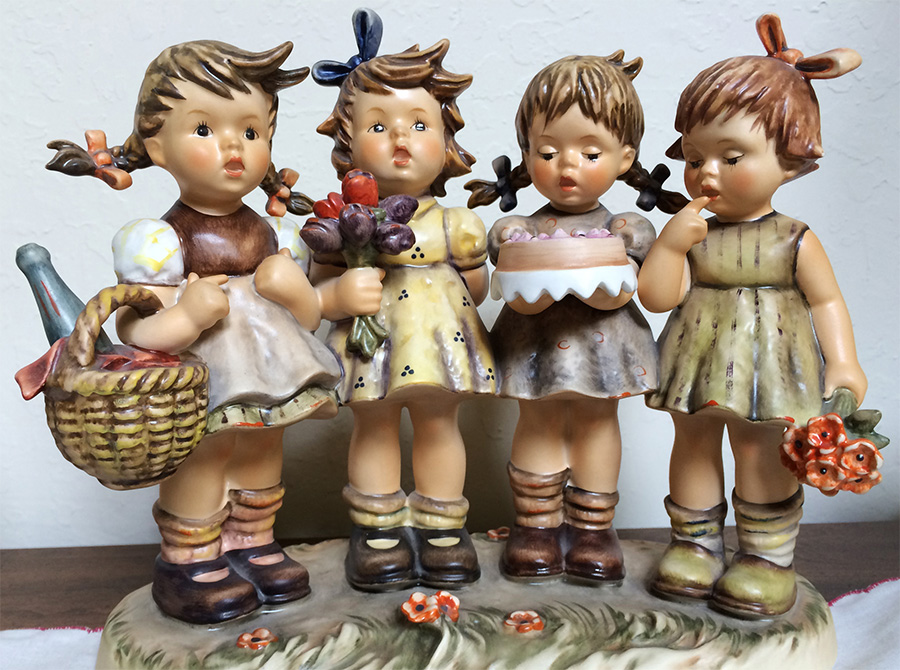
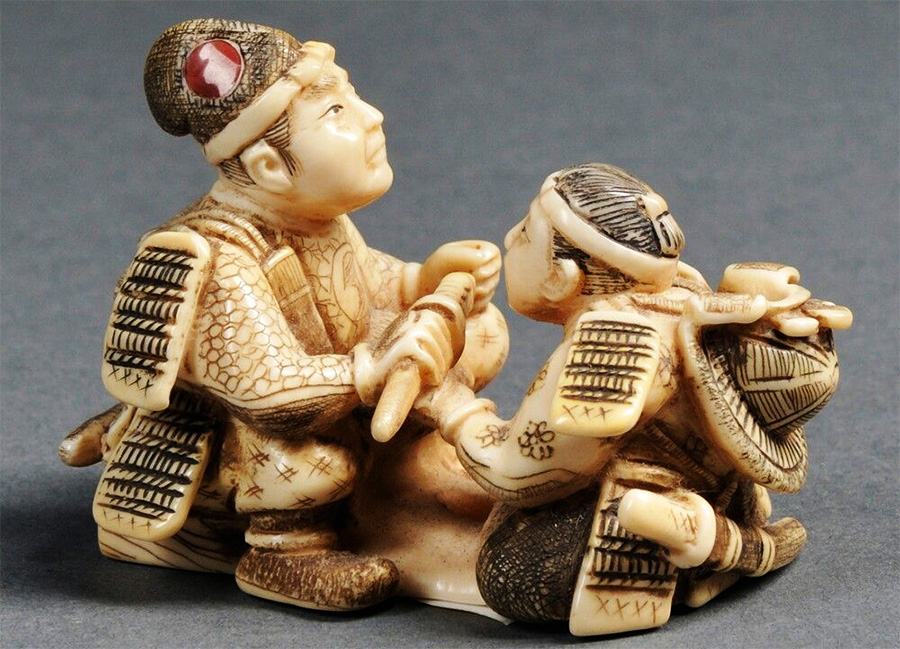
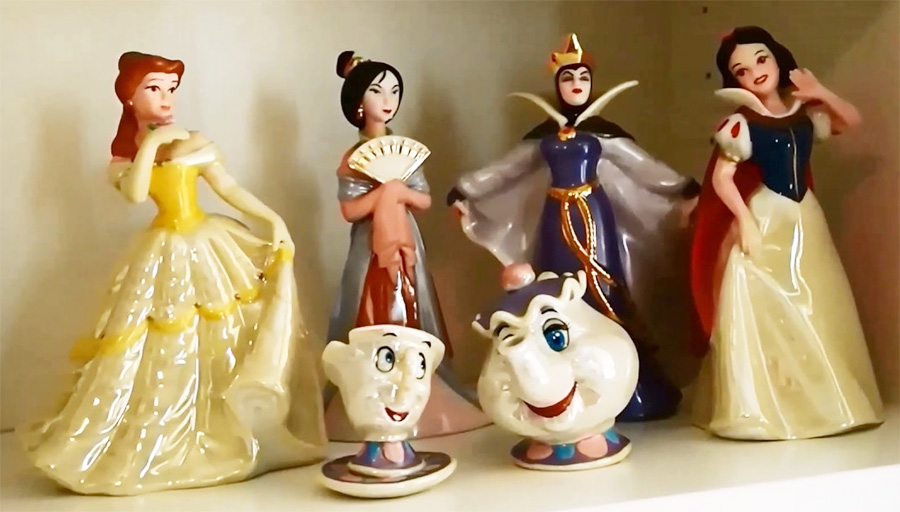
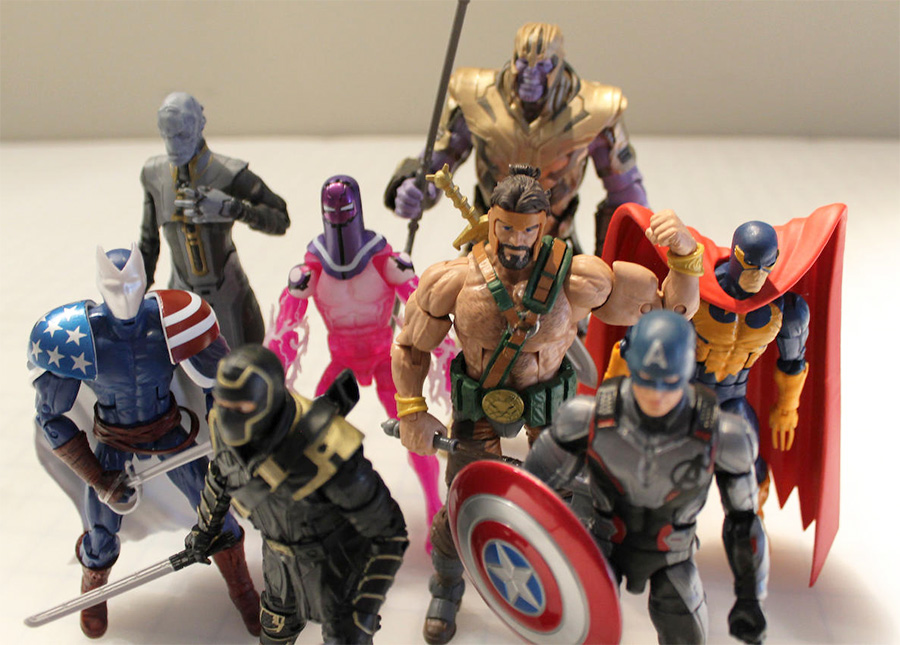
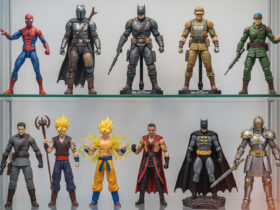
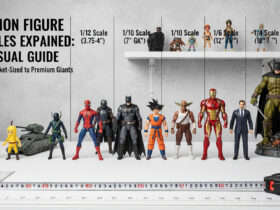
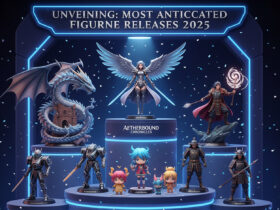
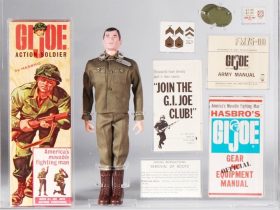

Leave a Reply